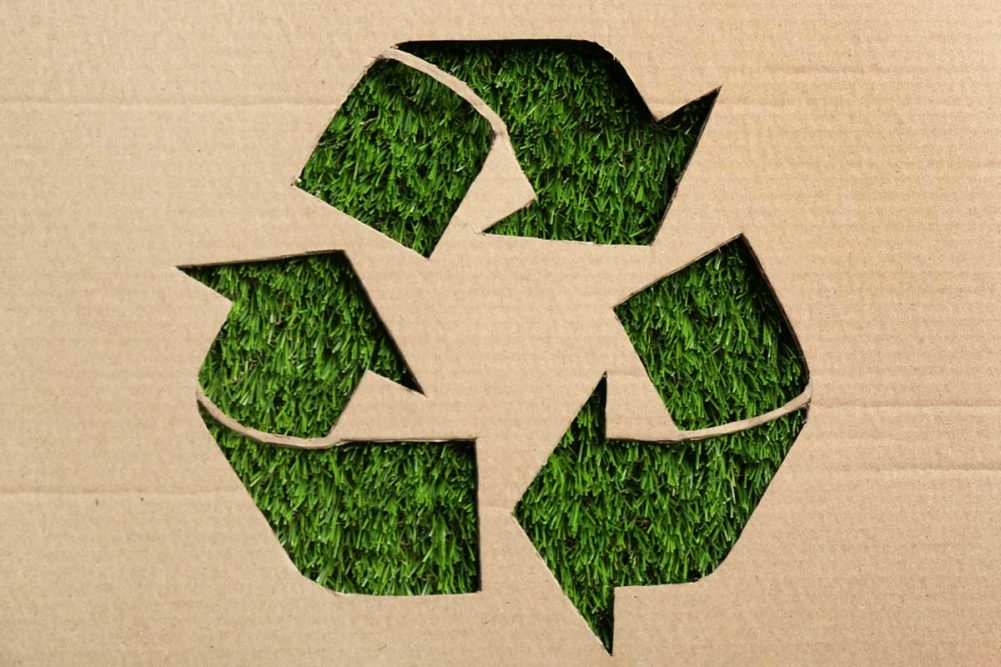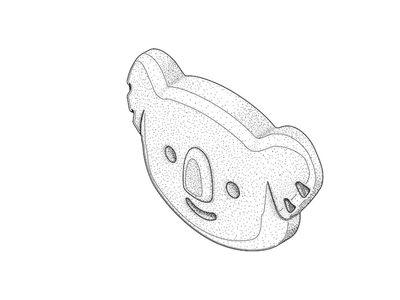More snack manufacturers and their suppliers today are engaging in sustainable business practices to combat climate change and respond to growing pressure from consumers and regulations from governments. On the packaging side, recyclable and biodegradable films are becoming more commonplace, and machines are being built to better handle these materials.
TNA Solution’s single-serration jaws allow for the use of recyclable, biaxially oriented polypropylene (BOPP) film, for example while also reducing the film required by 5 mm per seal.
“On our VFFS systems, operating at 150 bags per minute, this efficiency results in savings of over 2 million bags per month,” said Mukul Shukla, vice president of TNA North America.
Christian Romualdi, group marketing communication manager, IMA Ilapak, noted that IMA Group’s OpenLab network of laboratories is dedicated to researching sustainable materials and technology.
“It can also help material producers to optimize new sustainable films by testing them on our own packaging machines,” he said. “We started this activity seven years ago, and this has allowed us to develop and patent new technical solutions to properly handle any new sustainable wrapping materials.”
Despite these advancements, significant obstacles remain before greener options become commonplace in the United States, noted Bill Kehrli, vice president of sales for Cavanna Packaging.
Cost remains the primary culprit, with biodegradable films costing potentially six to seven times more than traditional ones, Kehrli said. Shelf life and product quality can also be diminished.
“A flowwrap is a hermetically sealed package and oxygen barrier. Paper doesn’t offer that protection,” he said. “The plastics also allow for an oil barrier. If you’ve got a cupcake with a high oil content, if it was packed in paper it would weep through.”
Biodegradable films are also more difficult to run on high-speed lines, Kehrli said, and require more equipment and space that plants may not have.
“So not only does your packaging price go up, your production line then has to run at significantly lower speeds, or you have to build new plants to accommodate it,” he said.
Despite these challenges, biodegradable packaging in Europe, as well as recyclability in general, is far ahead of the United States, Kehrli said. This is due in large part to much stronger regulations from European governments around recyclability, as well as higher petroleum costs compared to the United States.
“The US food industry has not expressed serious interest in making those changes,” Kehrli said. “Our government is not forcing them to do it.”
Green packaging is advancing, but until US regulations increase or material costs significantly decrease, it is unlikely to achieve widespread adoption in the states.
This article is an excerpt from the April 2024 issue of Baking & Snack. To read the entire feature on Snack Packaging, click here.





